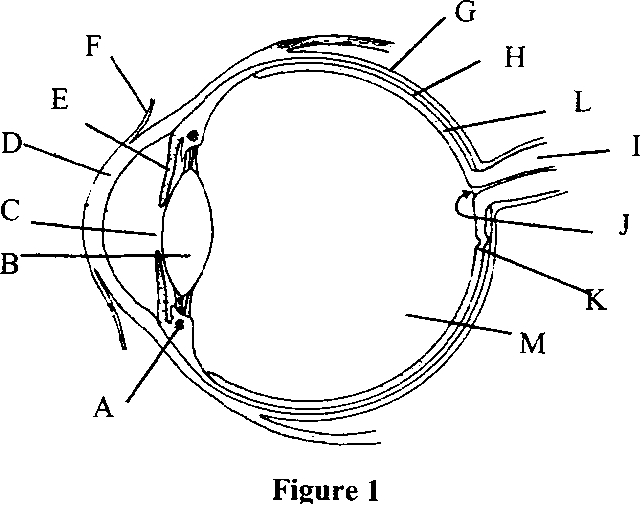What is the role of node of ranvier in a neurone?
- To transmit the impulses away from the cell body.
- To insulate the axon and speed up transmission of impulses.
- To transmit nerve impulses from one nerve to another.
- To speed up the transmission of nerve impulses.
- To transmit the nerve impulses towards the cell body.
2
What is the role of the cerebrum in human beings?
- Breathing
- Sneezing
- Yawning
- Learning
- Walking
3
Which component of the nervous system receives impulses from receptors?
- Response
- Effector
- Relay
- Motor
- Coordinator
4
When students were conducting private study at night, lights went off completely. Which of the following changes occurred in the eyes of the students?
- The lens became thicker
- The pupil became larger
- The ciliary muscle relaxed
- The lids close
- The eyes opened wider
5
What happens when a person moves from a bright lighted to a dim lighted room?
- Pupil becomes large
- Pupil becomes small
- Circular muscles contract
- Radial muscles relax
- Radial and circular muscles relax
6
The function of cones in the human eye is to
- sense light
- sense colour
- cover the eye
- reflect light
- protect the eye
7
What are the differences between nervous system and endocrine system? Give three points.
View Ans8
Elaborate four causes and five preventive measures of drug abuse.
View Ans9
The diagram in Figure 1 represents an eye of a human being. Study the diagram and answer the questions that follow:

Name the labeled parts A – L.
View Ans10
(b) What will happen in part C if someone suddenly faces:
-
the dim light.
-
bright light.
11
Match the responses in List B with the phrases in List A by writing the letter of the correct response from List B beside the item number of List A in your answer booklet.
| LIST A | LIST B |
|
|
12
Define the term “irritability.”
View Ans13
Describe the neuronic pathway taken by reflex actions in human being.
View Ans14
Match the responses in List B with the phrases in List A by writing the letter of the correct response from List B beside the item number of List A in your answer booklet. Each choice in column B may be used once, more than once or not at all.
| LIST A | LIST B |
|
|
15
Define the term “irritability” in living organisms.
View Ans16
How does each of the aspects below illustrate the phenomena in (a) above?
-
Germinating seeds
-
A potted hibiscus plant growing near a window
-
A zebra sniffing the air with a predator nearby.
17
(a) State the function of the following parts of the brain:
-
Medulla oblongata
-
Hypothalamus
-
Cerebellum
-
Cerebrum
(b) (i) Define the term “drug use”
-
Explain three effects of drug abuse
-
Explain two ways in which drug abuse can be controlled
18
When the bell was rang after break time, students entered into their classrooms. Explain the role of each part of the ear involved in the hearing mechanism which made the students respond by entering the classrooms after the bell was rang. (10 marks)
View Ans19
How is the mammalian eye adapted to its function? Give four points.
View Ans20
Briefly explain how the nervous system and the adrenal gland work together to bring about a response when a person is threatened by a lion.
View AnsHub App
 For Call,Sms&WhatsApp: 255769929722 / 255754805256
For Call,Sms&WhatsApp: 255769929722 / 255754805256
 For Call,Sms&WhatsApp: 255769929722 / 255754805256
For Call,Sms&WhatsApp: 255769929722 / 255754805256
WHATSAPP US NOW FOR ANY QUERY
App Ya Learning Hub Tanzania






